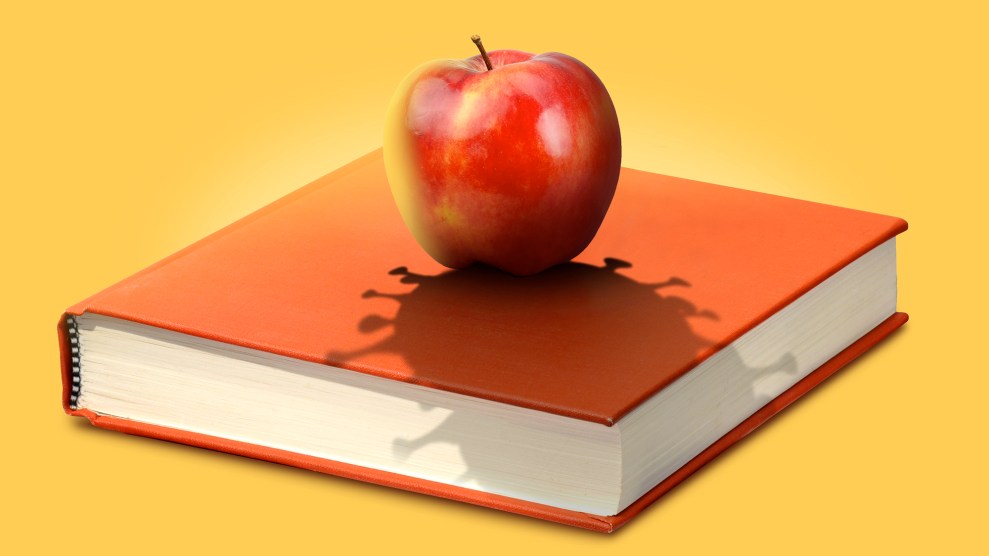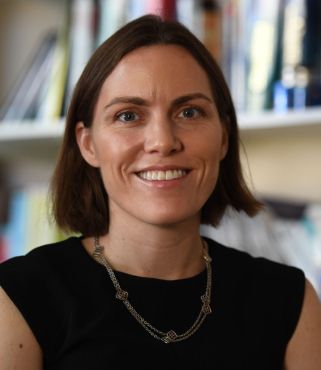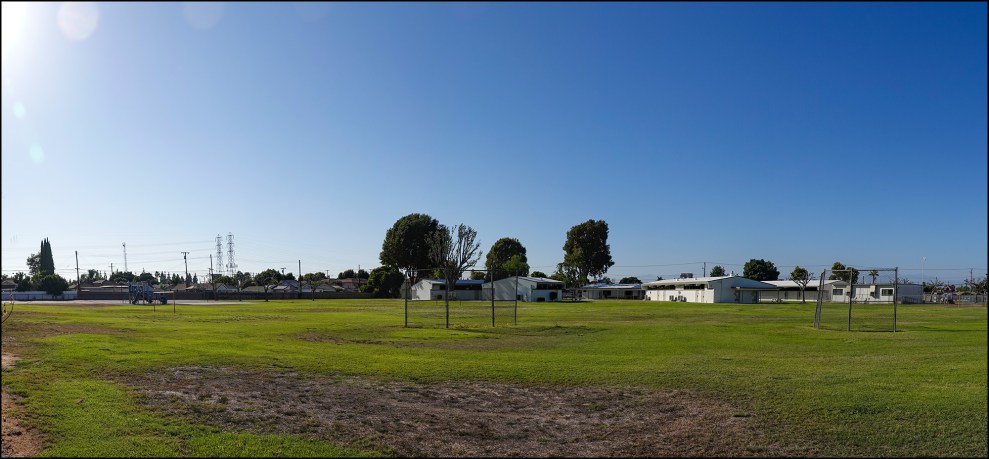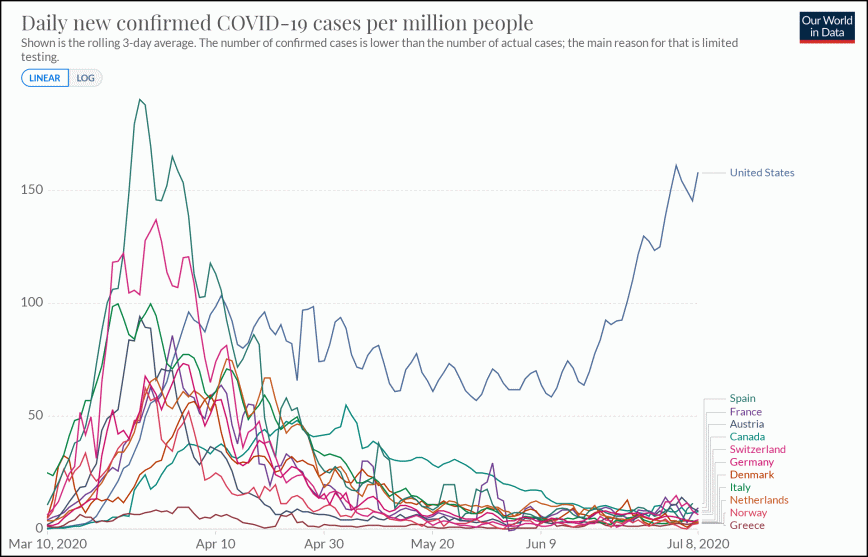
Rob Dobi
When my wife and I told our next-door neighbor last year that we were expecting a baby, she ran inside to lend us a copy of Emily Oster’s 2014 book, Expecting Better. (Earlier this year, we deduced that she was pregnant with her second when she asked for the book back.) Oster, a Brown University economist, has become the pregnancy and early childhood guru for millennial parents. Expecting Better and her 2019 followup, Cribsheet, rethink the pregnancy-and-baby-literature genre by adding something that’s been lacking: empiricism. Oster separates the good studies from the bad and lays out the best evidence to answer such critical questions as whether it’s safe to eat sushi while pregnant. (Answer: probably!)
Recently, our family, not to mention the country and the world, have found ourselves in another confusing situation where objective information and guidance are in short supply. And so, in her newsletter and a website she co-authors with Harvard medicine professor Galit Alter and a team of researchers called COVID-Explained, Oster decided to apply the same type of analysis to COVID-19 research as she did to pregnancy and parenthood.
With schools and parents around the country facing tough decisions about safety and education, school reopenings have become a higher-stakes question than sushi. So I spoke to Oster to see if she could bring together her research on young children and on COVID-19 to answer key questions about returning to school. And more selfishly, I asked her for an economist’s guidance on what my wife and I—and all the other parents out there—should be considering as we decide whether it’s advisable to send our own son to day care. I caught up with her at her home in Providence, where she’s sheltered with her husband and two elementary school–age children. Here’s our conversation:
We’re talking in the middle of this nationwide spike in COVID cases, and there are school districts deciding now that it’s not safe to reopen in the fall. I’m curious, given what you’ve seen in data around infections at schools, whether you think that’s the right response to the increase in cases.
In some places, yes, and in some places, no. There are spikes in cases in some parts of the country—in Florida, Texas, California—and for those places to respond by not opening schools seems sensible to me. We have not seen any examples of places [in the world] that have opened schools with those kinds of rising and large caseloads. I think there’s a lot of risk to doing that.
But we’ve seen some increased hesitancy about school opening in places in the Northeast, where the virus is fairly under control. And I think it would be helpful for those conversations to be a bit more localized and to say, okay, maybe it makes sense to open schools in person in Massachusetts or New York, even though there are cases in Texas. And the fact that the cases are rising in Texas should not necessarily mean that we need to adjust what we’re doing in Massachusetts.
I live in DC, and just yesterday three counties in the DC area with pretty moderate caseloads announced they’re changing their minds and not reopening schools this fall. From your reading of the data from around the world, what should US policymakers think about the risks of schools becoming hot spots?
Most of our data does not suggest that schools will become hot spots. I think that the European data is a good example of this. We saw some cases in schools, but this has not been something that looks like it’s really increased the spread of the spread of the virus. The data in Israel is more concerning. There was one very large outbreak in a high school. There are a lot of schools that have closed in Israel, though I think it’s worth remembering that basically Israel adopted a policy where if there were any cases in the school, they close the school. That is a very high bar. And so you got a lot of school closures even for a relatively small number of cases.
So how should schools in the US be thinking about this evidence? Putting all of it together, it does look like younger kids are at the least amount of risk. And opening schools for younger kids seems to be the most safe thing you could do.
Since you’re an economist by day, I’d like to ask you about the economics around this, too. We’re always hearing about how bad it is for local economies when bars and restaurants and shops are closed. But have there been any studies of long-term economic impact of keeping kids home from school?
I think we can triangulate the possible long-term impacts of that. We can look at, for example, what happened to learning in the spring. And what happened was, kids did not learn as much as they were learning when they were in school, and that those learning losses are particularly large for low-income students, for students of color. So I think it’s pretty clear that as we go remote, at least for some kids, that will be quite bad for their learning. And then we know from other evidence that that loss may translate into being less likely to finish high school, less likely to go to college. That has long-term impacts on wages, on longevity, on all kinds of other stuff. There are potentially really, really large long-term impacts of these disruptions, which don’t get that much discussion but I think should be part of the conversation.
I would also say there’s a very direct economic impact here, which is that if people are home with their kids and not at their jobs, that’s pretty bad for the economy as well. So there’s a more direct and immediate part of this, in addition to the long term.
I have a personal agenda here. I have a 9-month-old son, and I’m hoping you can help us answer a question that many thousands of parents around the country are facing: Should we be thinking about sending our son to day care in the coming months? I know you took a look at the public data that was available on COVID infections at day cares—since they didn’t really shut down the same way schools did—and found that basically, there wasn’t any.
Yeah. There is one study that’s supposed to come out of Yale, but it hasn’t come out yet. And so we collected some of our own [data] in what I would describe as a non-scientific, Google Form sourcing mechanism. But we have data now from almost 1,000 childcare settings which remained open and have some information on the number of COVID cases.
What have you found?
The two topline things that I would highlight are, one, the rates in the centers were very low. It’s something like .15 percent of kids and about 1 percent of staff. It’s clear that the staff are more at risk. Now, that may well not reflect anything about infections in child care settings, just that in general, adults are at higher risk than kids. If you took a random sample of people and asked who had COVID, you would find it’s more adults than kids. But in general, the numbers are really quite low.
The other thing I would highlight, that for me is more reassuring, is that there are a lot of isolated cases. One way you could get to two-tenths of a percent is with a few places where there were really large outbreaks. And that would suggest that there’s a lot of spread within the centers. That’s not really what we see. We see a lot of isolated cases, where there’s a center with one case or two cases, and that’s all they have. It’s not that there haven’t been some outbreaks; we’ve seen some, particularly in camps for slightly older kids. But it doesn’t seem like it’s happening in a lot of cases.
So if there’s a day care center with just one case, that implies there’s a good chance that the kid got it somewhere else—maybe at home—and came in and didn’t spread it around the center?
The way that I think about it is, if you looked at something like norovirus, like stomach flu, when you send your kid to child care, if they come home at the end of the day and they say, “Tommy vomited on the rug,” you know that your kid is going to be vomiting on the rug pretty soon. And so are all the other kids, because norovirus is super contagious. If you looked at a data set, you would see, basically, there are a lot of child care centers with no stomach flu, but then the places that have it, like 60 percent of the kids get it because it’s just obviously spreading within the population.

Don Emmert/Getty
There’s a real benefit to sending kids to school since it’s clear that distance learning is a pretty crappy substitute for the real thing, and kids are falling behind. But what about for infants? Are you aware of evidence that keeping babies home, as opposed to sending them to day care, is hurting them in some way in the long run?
No. I talk a lot about this in Cribsheet, the question of day care versus nanny, and any differences that we can see across those kinds of groups seem to be very small, in inconsistent directions, and probably not super causal. If you are worried, like, “If I don’t send my kid to day care they’ll never learn to talk to other people,” that is not a concern. Plenty of people keep their 9-month-old home and it’s no problem.
It’s funny, because the thing people were often worried about before was: If I send my kid to day care, they won’t love me anymore. Everyone now has the opposite question, which is, is it okay to keep my kid at home? So yes, both are fine.
But I feel like in Cribsheet, you’re comparing day care to nanny to stay-at-home mom or dad, and you weren’t necessarily comparing them to stay-at-home mom and dad who are also trying to work full-time.
Right. Yes. I was not aware that people were going to be facing that choice when I wrote that book.
Is there any way to assess whether that makes a difference?
There’s probably no way to assess whether that makes a difference other than to ask: How is it affecting you? Adults have had very different emotional reactions to this process of being at home. And adult mental health is actually a big piece of family happiness. If having your kid at home is making you really stressed out and is making it very hard for you to be the kind of parent that you want, or conversely, if sending your kid is making you so anxious that it’s impossible to function, that is an argument for doing one or the other. But we don’t have any evidence on highly stressed parents who are trying to work at the same time as taking care of their kid. That will come after the pandemic. Research ideas!
One pre-pandemic study found that having inadequate access to child care was like getting a 5 percent pay cut, and there was a disproportionate impact on moms. Is there a risk that women in particular may be potentially taking a long-term career hit by trying to balance full-time work and parenting?
I think it depends a little bit on what kind of job you’re in. A lot of people are worried that this is going to erode a lot of gains for women. Somebody used the word “shesession”—like recession but with “she” at the beginning—to highlight the fact that for a lot of women, there’s both increased job losses but also, people are going to step back from the workforce and realize, “My kid has to be in virtual school, and somebody’s got to be supervising them, and I guess it’s gonna be me.” It’s one thing to do that for a few months, but faced with an entire year of that, people may say, “I need to take time off my job.” We know that those kinds of breaks in work history are not good for long-term career prospects.
What else should factor into our decision about day care?
At the top of my list is just: What are the other circumstances of your family? There are people who live with an elderly relative, where you could say, yeah, the chance of the kid getting sick is small, but it’s possible, and your kid will be fine. I mean, the risks to kids are very small. The risks to healthy, non-immunocompromised young adults are fairly small. The risks to your parents would be much larger.
Well that’s a real question for us. All four of our son’s grandparents are in the mix now. If we were to send him to day care, should we think about not seeing them anymore?
I think this is the hardest thing. I wish I could tell people an answer, because I wish I had an answer. And I feel like there’s just a tradeoff. There’s like a childcare/grandparent tradeoff. We’ve been thinking a lot about ways to make that safer. We’re going to try to see my parents at some point, and I think we’ll try to be tested first, in the hopes that that will reduce some of the risks.
But unfortunately, there’s no good answer to this. It may be that for you, from your kid’s standpoint, there’s less value to day care than the grandparents. Maybe, or maybe not. I don’t know. My kids are older, and I think there’s a huge amount of value to them to being out with other kids. And so that’s kind of where we came down on that calculus. Sort of childcare over grandparents. But there’s no good answer to this.
If we were to decide to go with day care, and then the number of COVID cases keeps rising, is there a tipping point at which day care actually becomes unsafe and we should consider pulling our kid out?
What I would say is that probably day care is a pretty low-risk activity relative to other things. So if you’re still comfortable going to outdoor dining, you should probably be comfortable with day care. If your view is, basically, it’s not socially responsible to do anything except take a walk around the block near my house, which is kind of where we all were in April or March, at least where I live, then I think it’s also not really a good idea to have your kid at day care.
Because it’s not reasonable to ask toddlers to wear masks and stay 6 feet apart, right?
You can’t. Kids are more adaptable with masks than I would have expected. My 5-year-old has no problem, for reasonable periods of time, wearing a mask. But if your view is the only way to safely open a day care is for 2-year-olds to wear a mask and to socially distance, I think you cannot open.
When we look at the ways that these [day cares] have been open, like for essential workers, they do not require all the kids to wear masks. So that data is reflecting more of the reality, which is like, if you’re taking care of an infant, you can’t not touch them. Right? That’s just physically not possible.
Have you decided where your kids are going to be in the fall?
Well, if their school is open, they will be in their school. Currently, our kids’ school has suggested that they will open in person normally, roughly normally, and they will be there if it does.
My kids are already in camp, and it’s really great. To be fair, it’s like a three-hour outdoor camp where you play tennis. So it’s probably about as low-risk as you get. But it’s been really nice.
For you or for them?
I think for both. Actually, I knew it’d be nice for me. I’ve been surprised at how much they seem to value not being in my household.
This interview has been edited for length and clarity.














